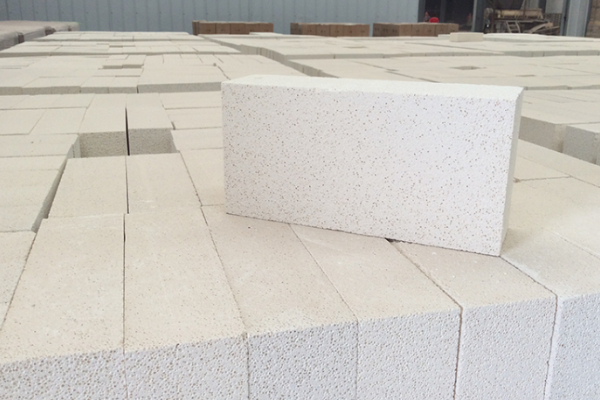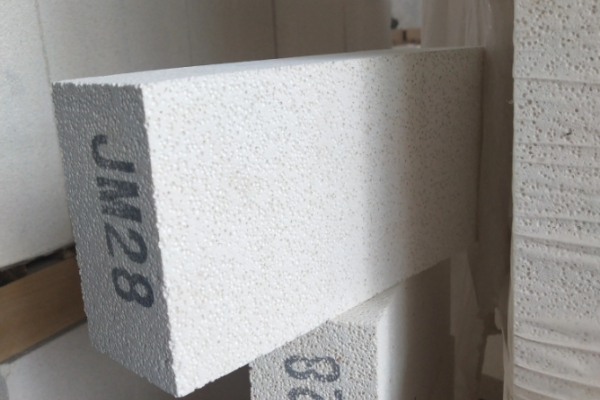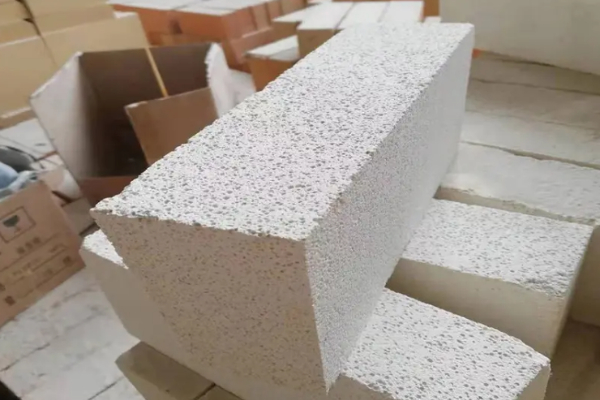JM Brick также называется Муллит кирпич. JM -кирпичи используют муллит в качестве основного сырья и обычно используются изоляционные кирпичи в печи. В целом, содержание глиняния между 45% и 65%. Муллитовая изоляционная кирпичи можно использовать в высокотемпературных печи. В подкладке печи, Кирпичи JM в настоящее время широко используются в стеклянных промышленных печи, челночные печи, роликовые печи, и нефтехимические печи.

Введение в кирпичи JM

Кирпичи JM в основном разделены на JM23, JM26, JM28, JM30, и JM32. Основное отличие - разница в рефрактерной температуре. Рефрактерные степени 1250, 1350, 1450, 1550, и 1650 соответственно.
Классификация кирпичей изоляции муллита
Муллитные кирпичи в основном разделены на два типа: Стопленный муллитный кирпич и слитый кирпич Mullite. Стопленный муллит использует ванадий с высокой алюминой в качестве сырья, добавляет небольшое количество глины или сырого ванадия в качестве связующего агента, и образуется и спех. Плесятные кирпичи изготовлены из высокого ванадия, Промышленное глинозем и рефрактерная глина в качестве сырья, С мелкими частицами угля или кока -колы, добавленными в качестве восстановительных агентов. После формования, Они производятся методом электрического слияния. Кристаллизация плавленого муллита меньше, чем у спеченного муллита. Камень и слитый муллит обладают лучшей сопротивлением тепловым ударам. Кроме того, Их высокотемпературное сопротивление в основном зависит от содержания глинозем и однородности распределения фазы муллита и стекла.
Основные применения кирпичи JM
Кирпичи JM в основном используются в горячих взрывных плитах, Взрывная печь валы, и дно, Стеклянные регенераторы плавильной печи, Керамические печь печь, Системы нефтяной трещины, и т. д..
Преимущества маллитовых изоляционных кирпичей

- Высокая пожарная стойкость и хорошая теплоизоляция
- Может быть в прямом контакте с открытым пламенем и может использоваться в качестве замены тяжелых рефрактерных кирпичи
- Высокая прочность на сжатие
- Хорошая стойкость к термическому удару
 Группа Жуншэн
Группа Жуншэн

Вичат
Сканируйте QR-код с помощью WeChat